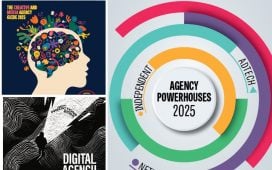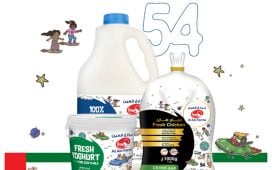HungerStation, Saudi Arabia-based food delivery app, has rolled out an AI-powered “Shaded Route” system designed to protect its riders from the desert heat without compromising its promise of fast delivery. Developed in response to temperatures that can hit 50°C, the feature leverages advanced technology to prioritise shaded delivery paths, ensuring safer and more comfortable conditions for its fleet.
The project, created in collaboration with VML, follows HungerStation’s earlier initiative which also prioritised riders’ wellbeing, ‘Tip with Time’, which encouraged customers to prioritise rider well-being by allowing extra time for deliveries.
In a region where the midd
To continue reading this article you need to be registered with Campaign. Registration is free and only takes a minute. Register Now or sign in below if you already have an account.









